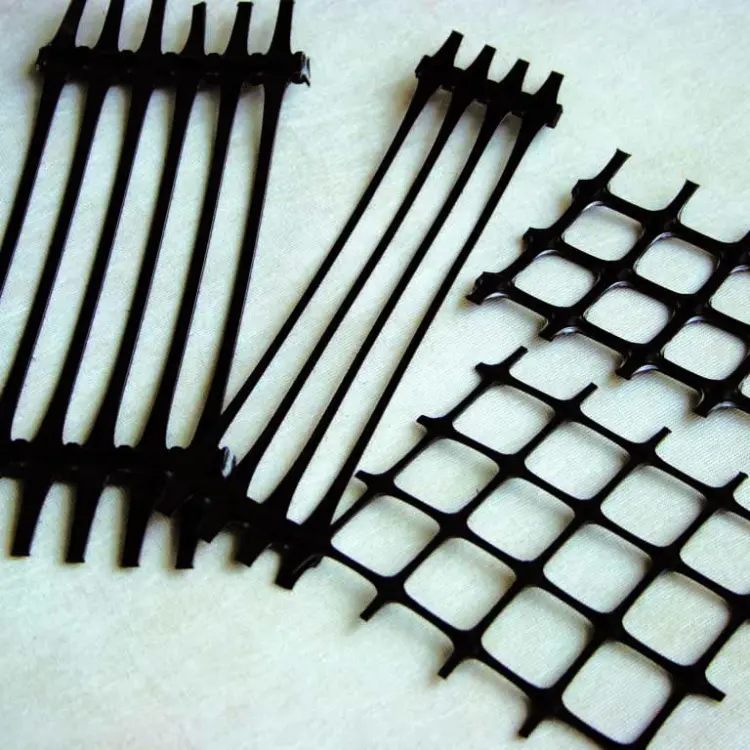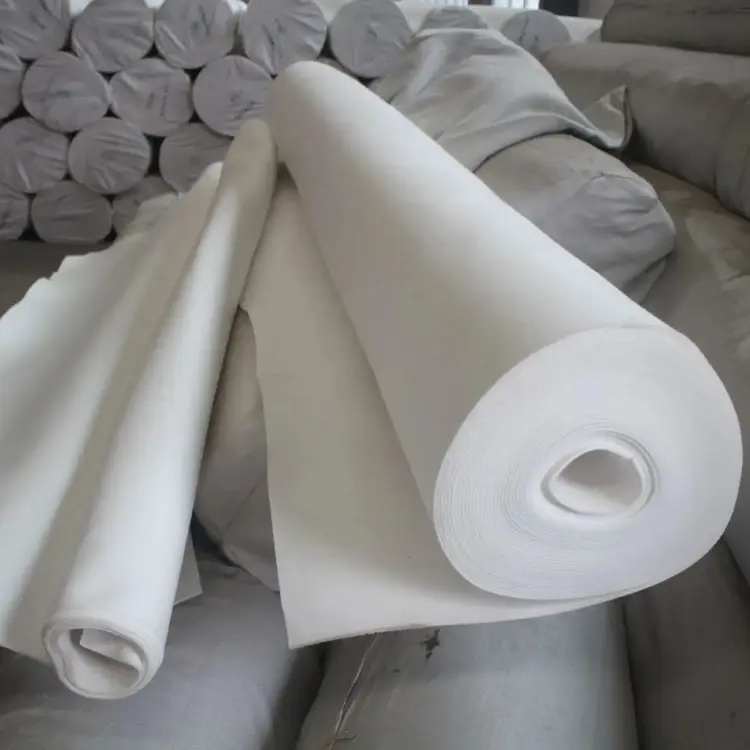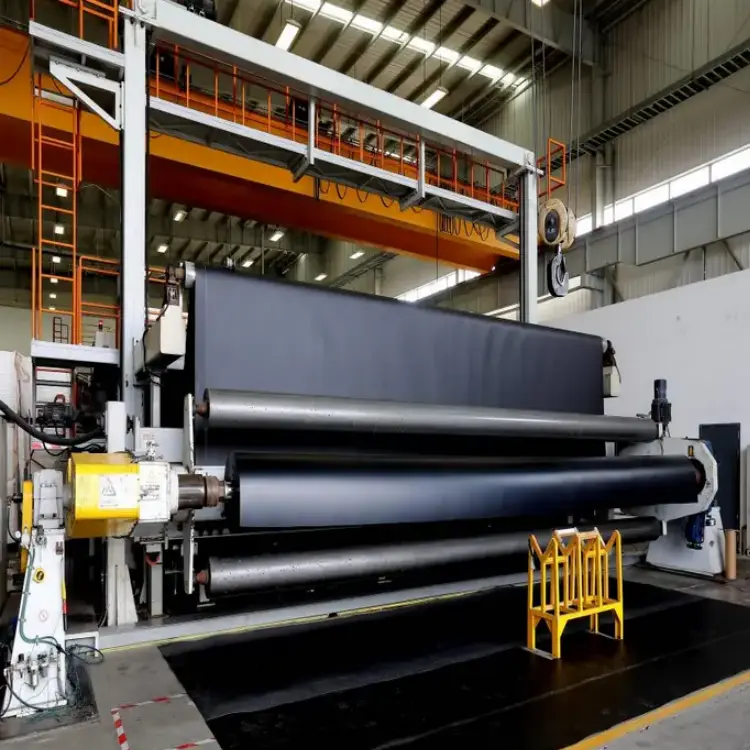I. Introduction
Geogrids are special geosynthetic materials used to strengthen soil and control erosion. Engineers use them in large quantities for roads, slope protection, and stabilizing embankments. The industry is experiencing rapid growth. This is thanks to global infrastructure development and increased performance demands.
II. Industry Status
Market Size
Global market: $4.351 billion (2025) → $5.76 billion (2032) | CAGR: 4.09%
China accounts for a significant share, with rapid domestic market expansion.
Applications
Transportation: Roadbed reinforcement, slope stabilization
Water Conservancy: Dam/dike structural enhancement
Mining: Tailings pond fortification
Construction: Retaining walls; steep slopes.
Production Technologies
Key processes: Extrusion molding, tensile forming
Materials: Polyethylene (PE), polypropylene (PP), fiberglass.

III. Technological Advancements
High-Performance Materials
Fiberglass geogrids exhibit superior tensile strength (25-160 kN/m) and minimal elongation (<3%).
Smart Manufacturing
Automated production reduces defect rates to less than 2%.
Multifunctional Trends
Emerging: Self-healing coatings, IoT-enabled monitoring systems.
IV. Market Trends
Demand Drivers
Global infrastructure investments (+8% YoY in developing economies).
Product Diversification
Climate-specific variants: Arctic-grade (-45°C), tropical UV resistant.
Competitive Landscape
120+ manufacturers globally; Chinese producers are gaining a 22% market share.
V. Policy Environment
Governments rank infrastructure standards (e.g., JT/T925-2014 in China).
VI. Challenges & Opportunities
Challenges
Petrochemical price volatility
High-performance material R&D gaps
Opportunities
$2.3T global infrastructure projects (2025-2030)
Bio-based geogrid innovations
VII. Conclusion
The geogrid industry is shifting to high-strength, smart, and eco-friendly solutions. But material costs and IP protection are still important challenges.

